The choice between using a form editor and coding the UI by hand can be very opinion based.
When I first started with Swing, the form editors were, well, crap. So I learnt to code my UI's by hand, it also helped that on the first project I was working used a dynamic loading mechanism which meant we couldn't use top level containers, like JFrame, within our code, so everything had to start off as with a JPanel.
I thought maybe we could separate frames and panels to different folders/packages to avoid exceeding the limit of memory per class. Would that be the best thing to do? How many frames should we use if components will be put in separate folders like the screenshot below.
This is a good start, you should also limit the number of frames/windows you throw at your users, they have enough distractions in there lives to deal with, without you throwing more at them. Instead, manage your views in a way which uses as few windows as possible, like using JTabbedPanes or CardLayout (and dialogs where appropriate)
By separating your UI into "compartments", you reduce the coupling as well increase the re-useability, for example, if you have one component which displays the patient details, you could keep re-using it where ever you need to display there details.
I guess my main questions is, how to properly manage the panels and components in such a way that it will be easy for us to instantiate objects and perform system tasks in the enrollment system.
Separate the areas of responsibility, allowing each view to manage just one aspect of your requirements, then build these up (adding views into a common container) to generate more complex functionality.
For example, you could have a simple "patient details" view, displaying basic information about the user, you could then have a "select patient" view which simply displays the names of patients in a JList, you could then combine these into a more complex view, so that when the user selects a patient from the JList, you can display the patient details.
You could then have a "patent history" view, combining the "patient details" view, showing basic details about the patient, with a list of the patient's treatment history.
Recommendations
Form designers don't encourage you to use good design practices, as you've found. Rather then thinking about your UI as a single entity, you need to focus on the individual (smallest units) of responsibility and build the complexity up.
Start by ditching the form designer and building your UI's by hand. This will help teach you ways of generating complex UI's through the use of different classes as well as layout tricks that the form designers really don't encourage.
Once you can do this reasonably well, you could start to use UI designers to speed up the process, allowing you to quickly generate the layouts and combine them (remember, you can add any component which is within your projects classpath to your form, not just those which are in the palette)

